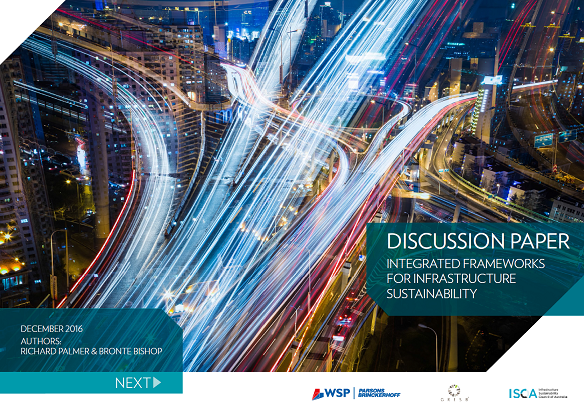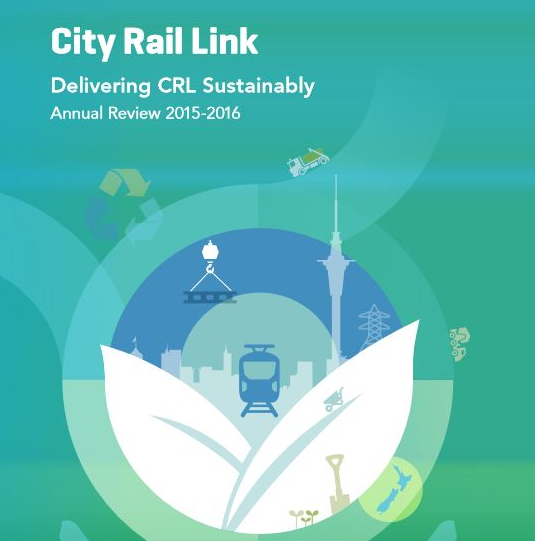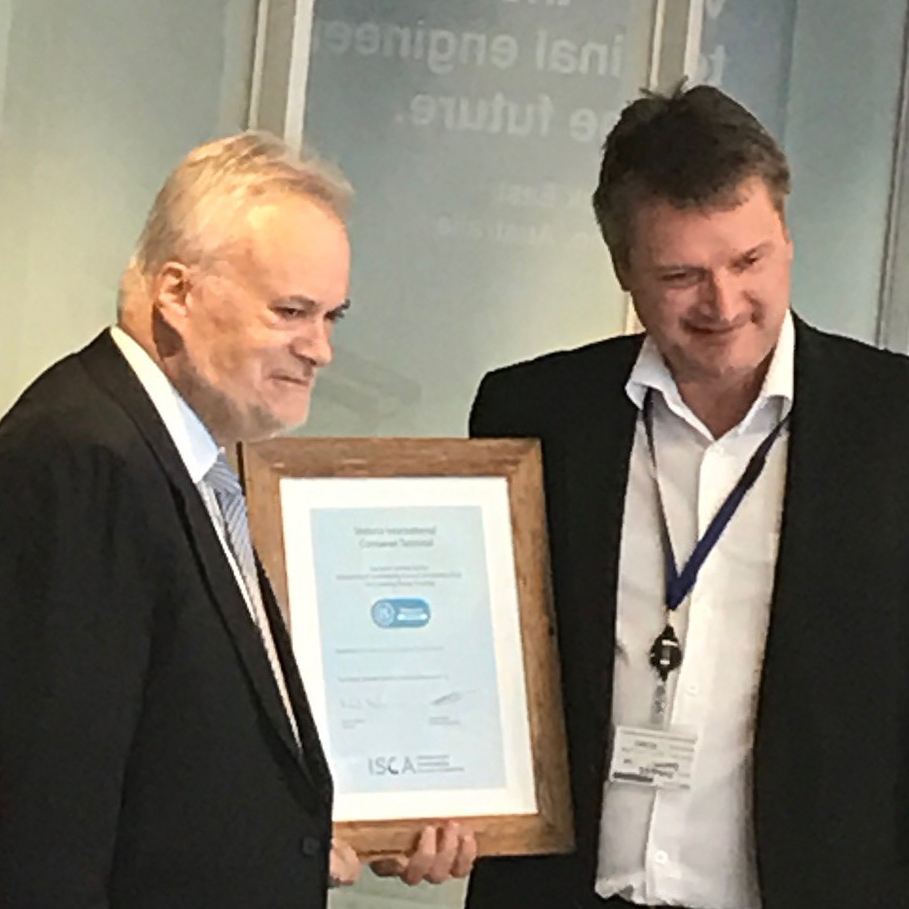Frameworks that Assess the Environmental, Social and Governance Performance of Infrastructure Assets
ISCA member WSP Parsons Brinkerhoff has published a discussion paper assessing the alignment between GRESB Infrastructure Assessment and IS rating scheme.
There is a global urgency to address Environmental, Social and Governance (ESG) issues in the design, delivery and operation of our major infrastructure assets. The life-cycle of infrastructure assets and the public and private investments that enable them play out over a longer timeframe than many others, and this longer-term exposure increases the importance of whole-of-life thinking and risk management.
The large immediate impacts of infrastructure project construction on ecosystems and communities, the long-term economic planning that is underpinned by infrastructure projects and the risks posed by climate change over the same timeframes bring the stakes at play into stark relief. An eco-system of rating tools and reporting frameworks exists for projects in the built environment, including infrastructure assets. However there is no single tool that extends on the one hand through Planning, Design, Construction and Operations stages of a project and also allows performance to be aggregated at each of the asset, fund and institutional investment scale.
This Discussion Paper provides an assessment of the links between the IS rating tool administered by the Infrastructure Sustainability Council of Australia (ISCA) and the Global Real Estate Sustainability Benchmark (GRESB) Assessment for Infrastructure Assets and Funds
Frameworks that assess the environmental, social and governance performance of infrastructure assets
Richard Palmer, WSP Parsons Brinkerhoff, and Emke Bus, GRESB, Co presented at the 2016 Infrastructure Sustainability Conference ‘What IS next?’ on 26 Oct 2016.
Their presentation summarised of results of the inaugural GRESB Infrastructure Assessment and WSP Parsons Brinkerhoff’s assessment of the alignment between GRESB Infrastructure Assessment and IS rating scheme. It also provides a pathway for the two sustainability frameworks identifying complimentary aspects and an assessment of the overlap between the categories, impacts, benchmarks and reporting requirements.
The Infrastructure Sustainability Council of Australia’s (ISCA) 2016 Infrastructure Sustainability Conference ‘What IS next?’ | 26 Oct 2016 | Sydney, NSW | Sponsored by Arcadis and WSP Parsons Brinckerhoff | Supported by Australian Institute of Landscape Architects, Australian Sustainable Built Environment Council, Consult Australia, Green Building Council of Australia, Infrastructure Partnerships Australia, Roads Australia and the Supply Chain Sustainability School Australia



